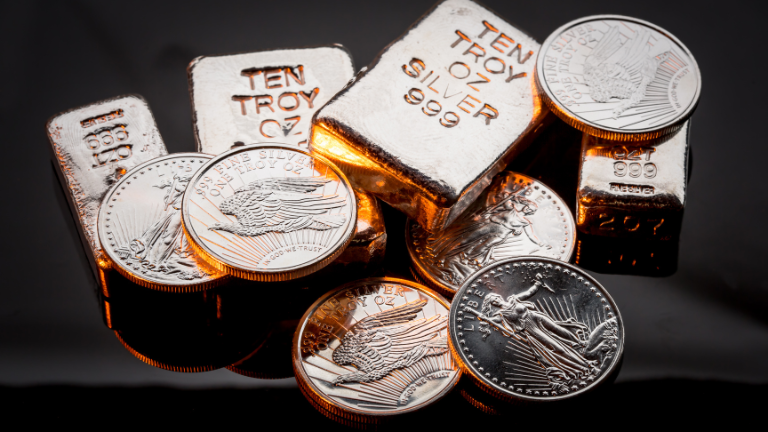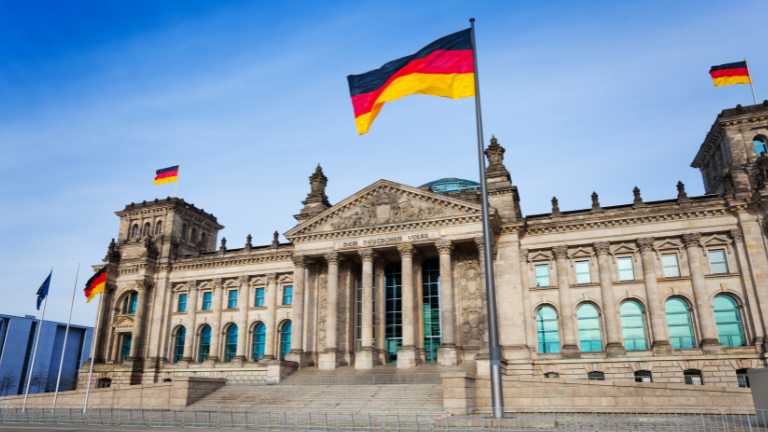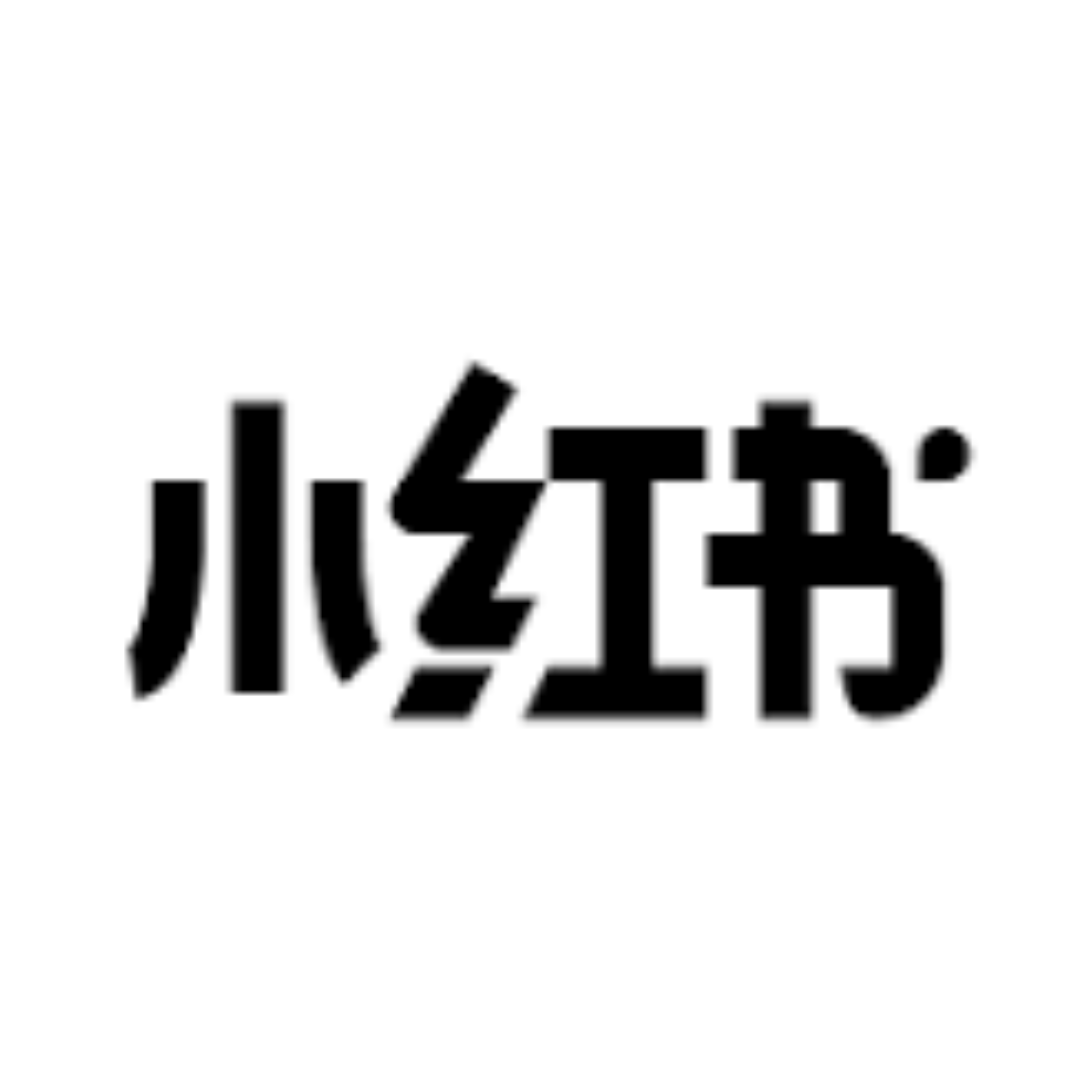China has sharply escalated its rare earth export controls ahead of President Donald Trump’s upcoming visit to South Korea, where he’s expected to meet Chinese President Xi Jinping. The move—Beijing’s toughest yet—applies strict new licensing requirements on the export of rare earths and permanent magnets, extending even to products made overseas that use Chinese-origin materials or technology. Given China’s near-total dominance in the rare earth supply chain, the new rules could have far-reaching implications for global defense and semiconductor industries.
After Beijing announced new controls on foreign-made products containing Chinese rare earths, Donald Trump threatened to impose an additional 100% tariff as soon as November 1. Beijing’s restrictions are widely seen as a retaliatory measure in response to U.S. tariffs and export controls (especially from the Donald Trump administration) on Chinese goods and technologies. These moves raised market concerns about supply-chain disruptions, especially in sectors like materials/rare earths and semiconductors.
Under the new policy, any foreign company using Chinese rare earths, mining technology, or magnet-making processes must obtain Chinese government approval before export. Licenses will likely be denied for any entity tied to foreign militaries, effectively cutting off U.S. and allied defense supply chains from Chinese inputs. The restrictions also introduce case-by-case reviews for advanced technology applications—such as sub-14nm semiconductors—giving Beijing new leverage to slow or block exports critical to Western industries.
China also moved to prevent the outflow of its expertise, barring nationals from engaging in overseas rare earth or magnet projects without authorization. While Beijing says it remains open to dialogue on “compliant trade,” the timing and scope of the restrictions suggest they are a negotiation tactic ahead of Trump–Xi talks, reinforcing China’s dominance and influence in global supply chains.
For the U.S., the measures highlight a growing vulnerability. Despite recent efforts to rebuild domestic capacity—such as the Department of War’s $400 million investment in MP Materials and a new partnership between Noveon Magnetics and Lynas Rare Earths—China still controls the vast majority of global production and processing. It will take years before U.S. supply chains can meaningfully reduce dependence on Chinese rare earths, leaving Washington exposed as Beijing turns these resources into a strategic bargaining chip in the escalating economic rivalry.
Some tech sector and rare earths sector stocks to watch
- NVDA (NVIDIA Corporation) – A leading GPU/AI semiconductor company; any easing of U.S.–China tech export tensions could help.
- QCOM (Qualcomm, Inc.) – Strong China exposure (smartphones, wireless) and trade policy changes could affect it.
- MU (Micron Technology, Inc.) – Memory/chip maker whose growth is tied to global demand and supply-chain / export control factors.
- ASML (ASML Holding N.V.) – Critical supplier of chip-making equipment; export controls (especially to/from China) matter a lot here.
- MP (MP Materials Corp.) – One of the major non-Chinese rare earth producers (mine + refining) in North America.
- USAR (USA Rare Earth, Inc.) – A smaller, more speculative play in “mine-to-magnet” rare earths, which could benefit from supply-chain shifts.
Trade US Stocks with Phillip Nova

Amid a backdrop improving trade tensions, despite lingering uncertainty, trade US stocks with Phillip Nova from as low as 0.01% (minimum of USD3.88 per order). Click here to open an account now!
Or take a view via Index Futures, CFD and ETFs now!
Trade CFDs, ETFs, Forex, Futures, Options, Precious Metals, and Stocks with Phillip Nova 2.0
Features of trading on Phillip Nova 2.0
- Gain Access to Over 20 Global Exchanges
Capture opportunities from over 200 global futures from over 20 global exchanges
- Trade Opportunities in Global Stocks
Over 11,000 Stocks and ETFs across Singapore, US, China, Hong Kong, Malaysia and Japan markets.
- Charting Powered by TradingView
View live charts and gain access to over 100 technical indicators
- True Multi-Asset Trading
Trade CFDs, ETFs, Forex, Futures, Options, Precious Metals and Stocks on a single ledger on Phillip Nova 2.0









